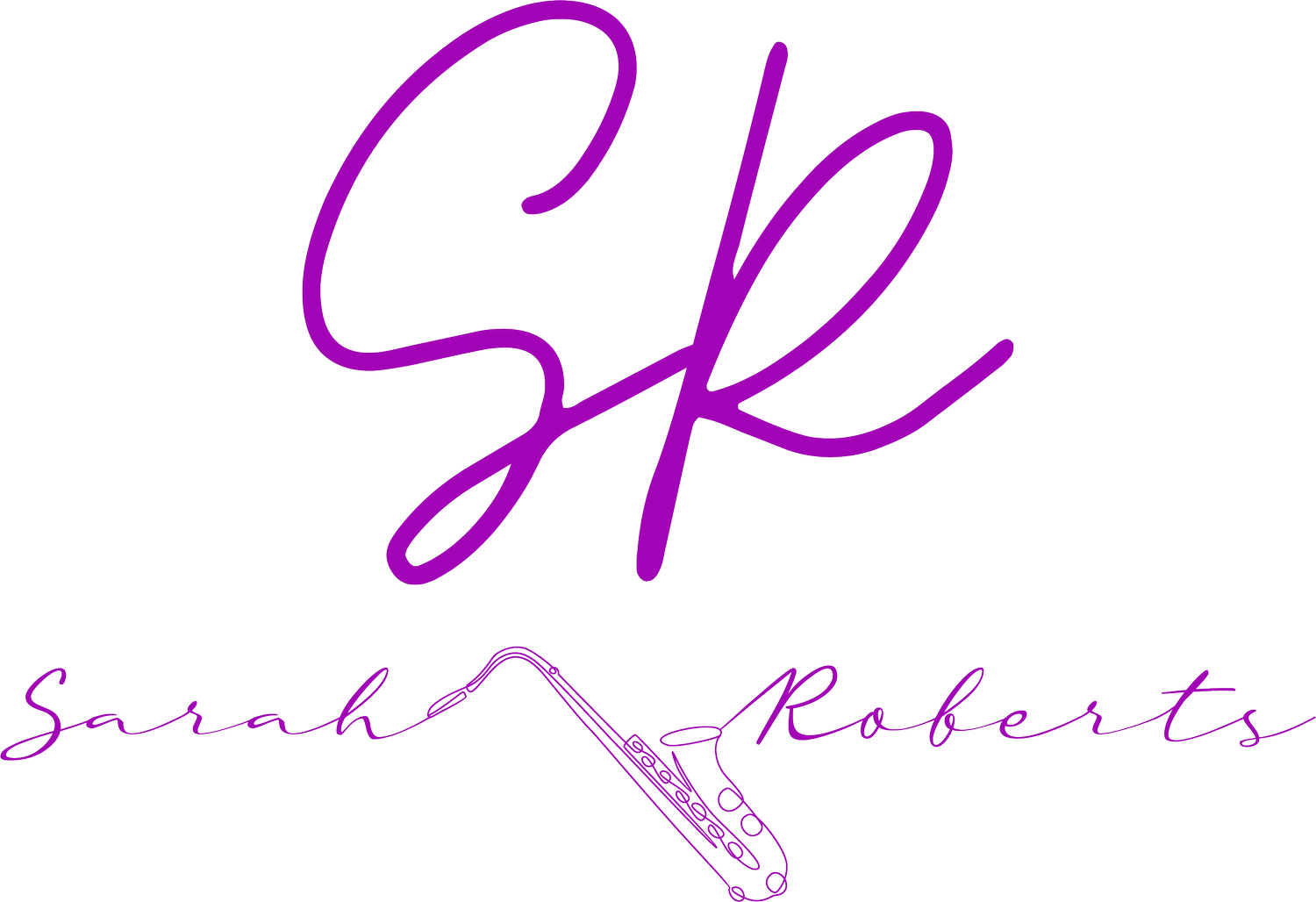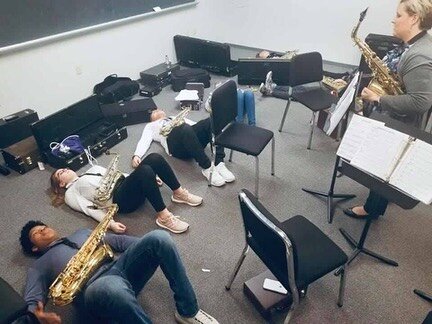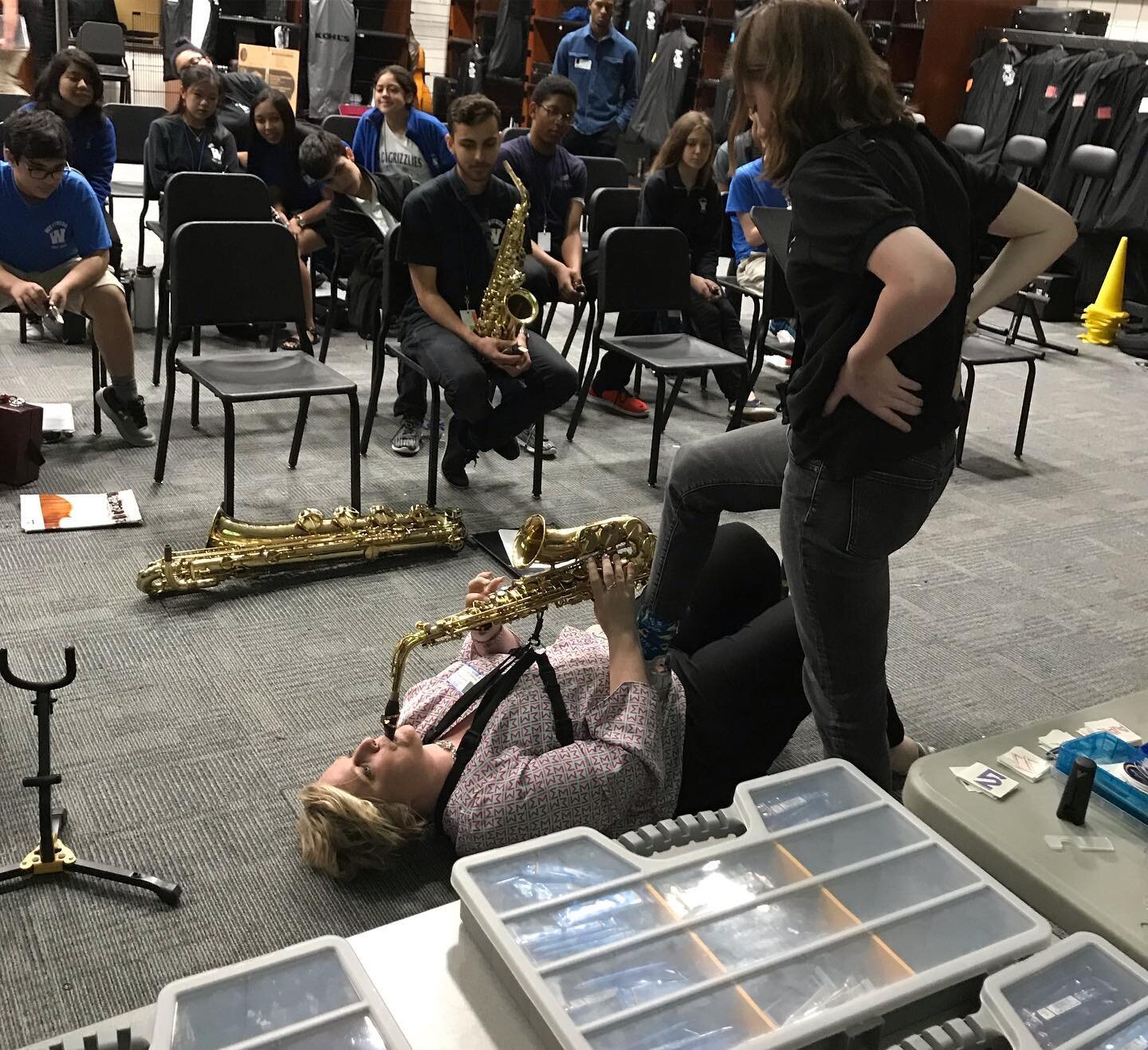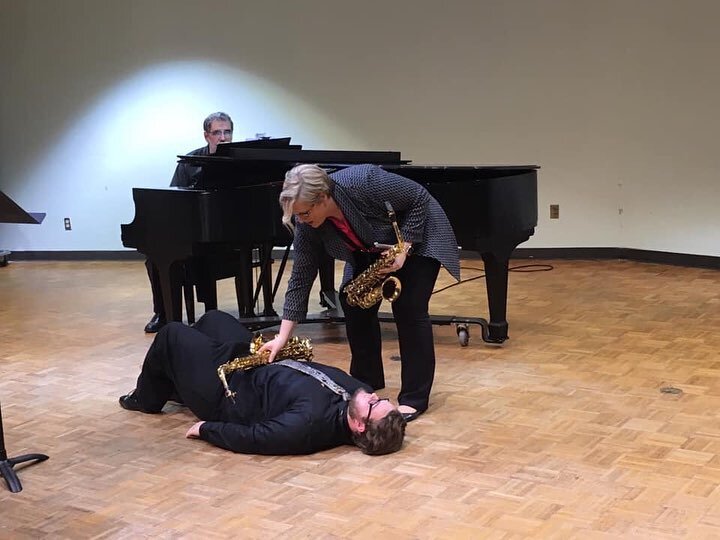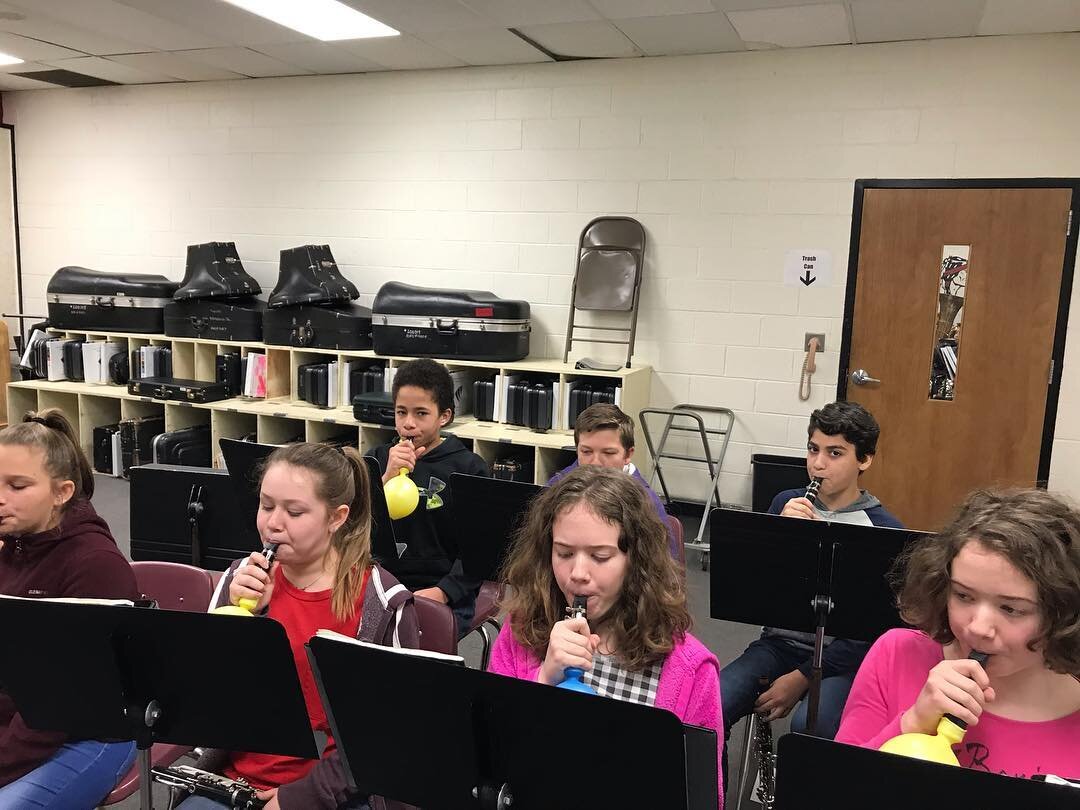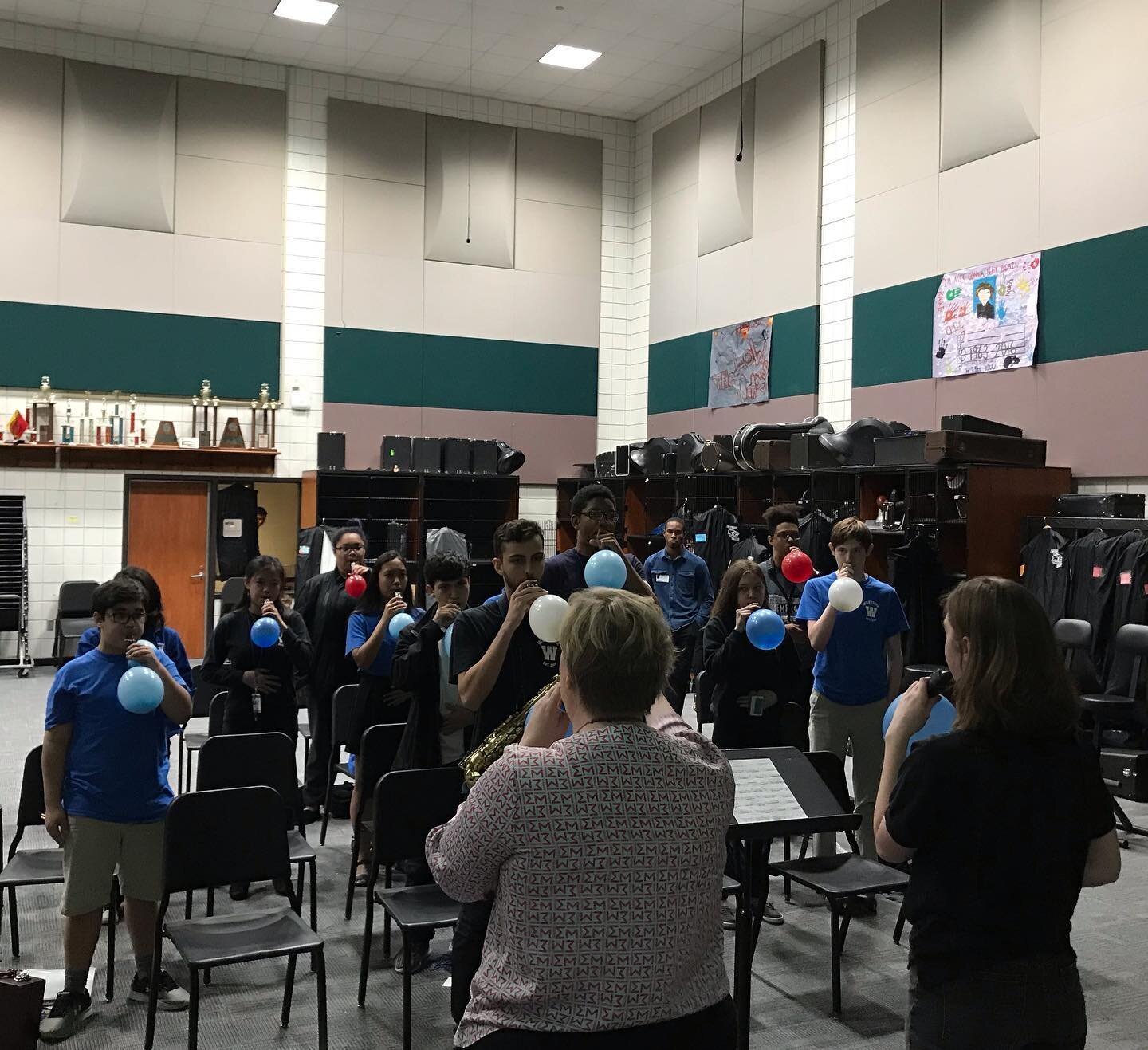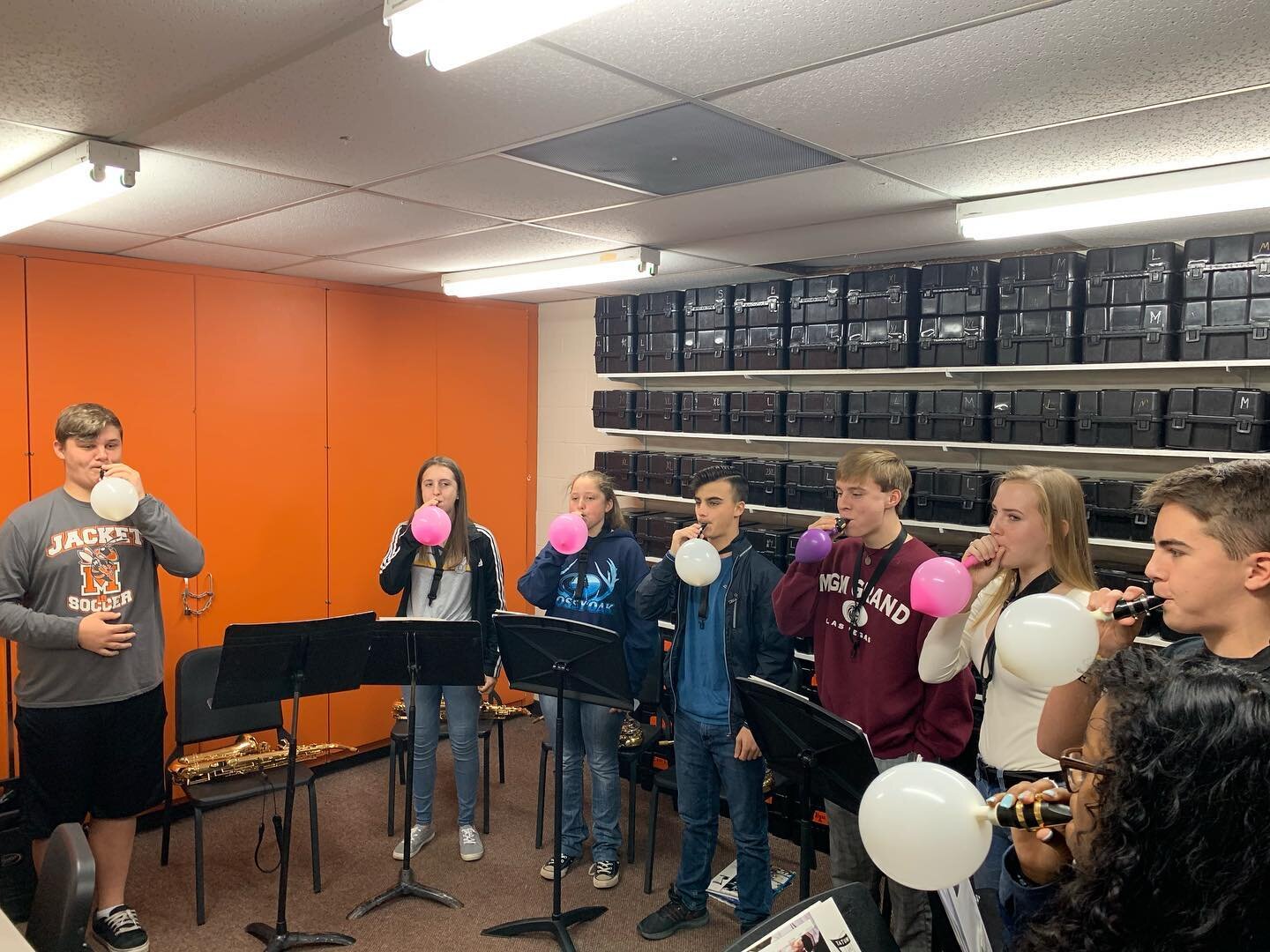It’s here! The inaugural blog post!!
For my first venture into this new arena I thought I would tackle a question that has been posted to many pictures from various Vandoren clinics.
Quick note: I am a Vandoren Artist-Clinician (SHOUTOUT TO VANDOREN!) and if you don’t know what that means…
The goal for the Vandoren Artist-Clinician program is to enhance the quality of the music experience through education and the assistance of Vandoren. These highly trained professional educators and performers will engage your students through educational and fun sessions. The clinics they conduct cover a broad spectrum of topics and, based on your input, can be customized to fit the needs of your students. Contact us today to arrange your free Vandoren clinic.
So if you are interested in having me out to do a free clinic at your school please visit my the clinics page on my website.
Every spring the Vandoren Artist-Clinicians gather for a summit to reflect on the year and share ideas. In addition, Vandoren shares product information and gives us great tools that we can go out into the world and mix with our own pedagogy to enhance our workshops. The Balloon Trick came from the 2016 Vandoren Artist-Clinician Summit in Los Angeles, CA and I have been utilizing it ever since!
General Thoughts on Air
AIR FIXES EVERYTHING!
Without good air and good support every aspect of our playing suffers. In my opinion, saxophonists have LAZY air! Throughout my studies as a saxophonist, not much time was spent on air. In fact, I feel like I never really knew how to control my air until I began seriously studying flute. Since discovering my air was a problem, I have made it my mission to make sure students understand how to breathe and support and utilize their core when they are playing. Unfortunately, most of our instruction happens while sitting down, so getting students to utilize their core while seated is definitely a trick!
When I explain air, I describe it as two processes. The inhalation and the exhalation. Most students are fairly good at the inhalation, however, for some reason when students get a bright, shiny object in their hands they automatically decide it’s time to raise their shoulders when they inhale. Therefore, it is always good to remind them of what relaxed breathing feels like. The exhalation process is the one that I feel students lack because so much of our talks on breathing focuses on taking a good inhale, but not supporting through the exhale.
